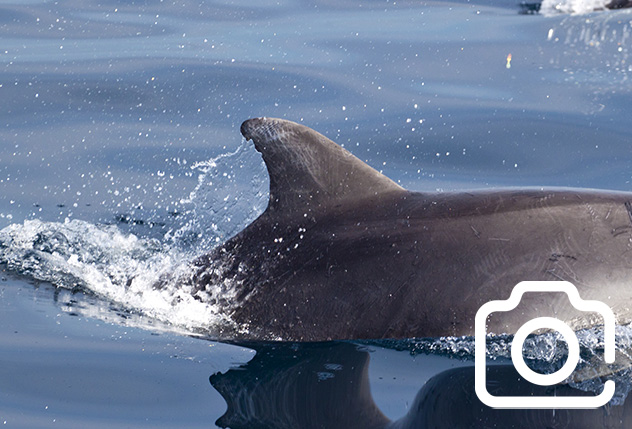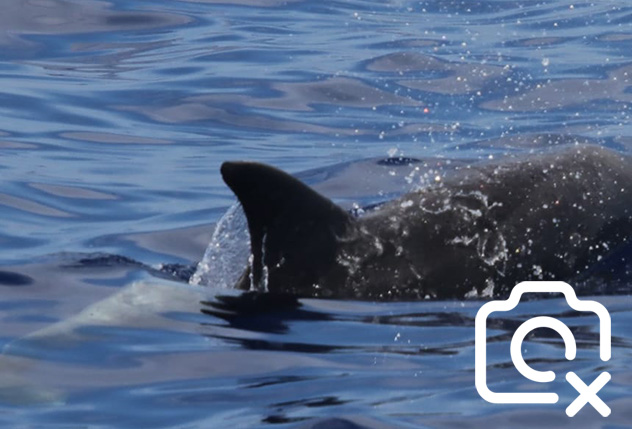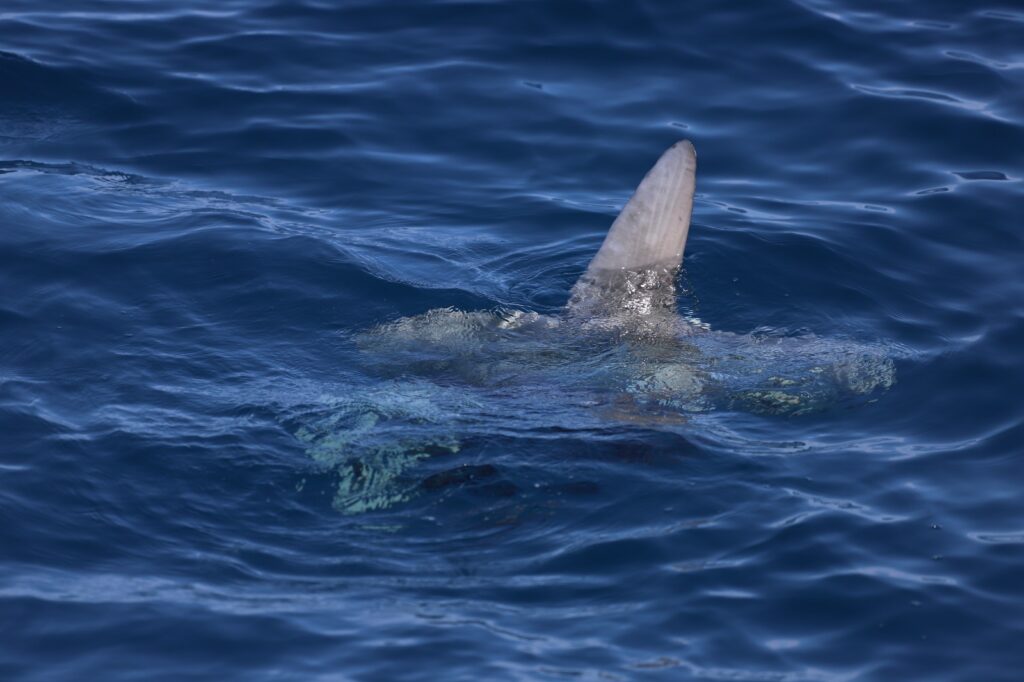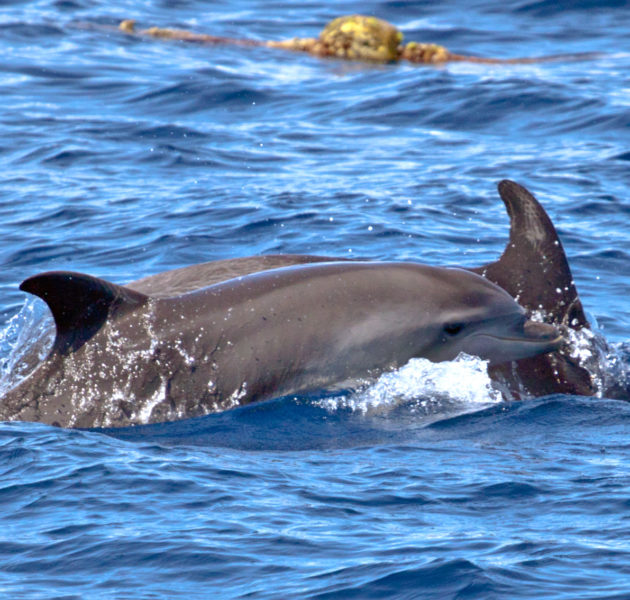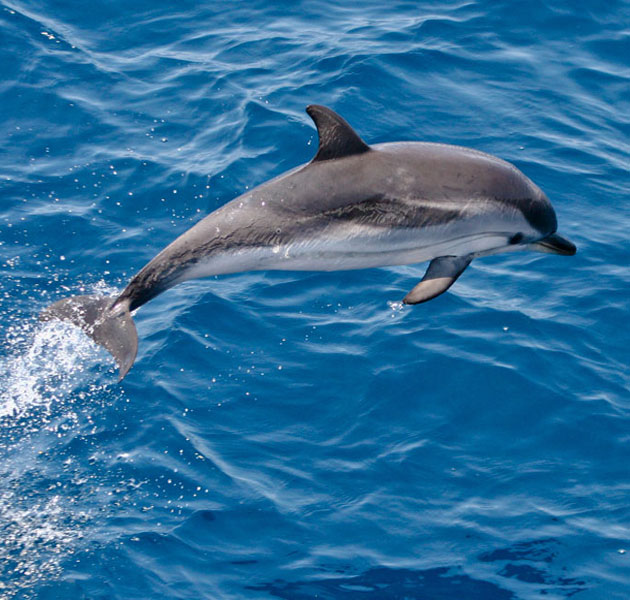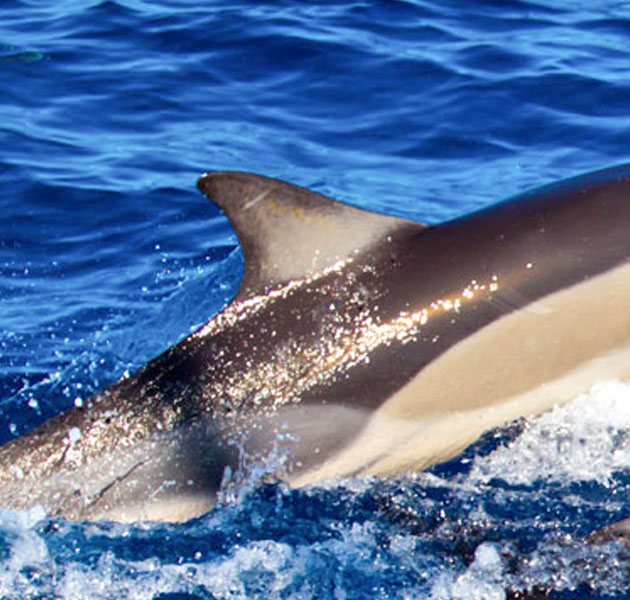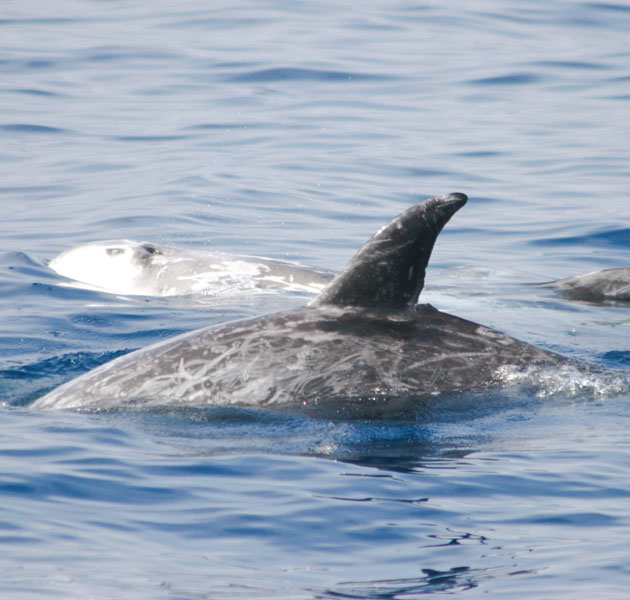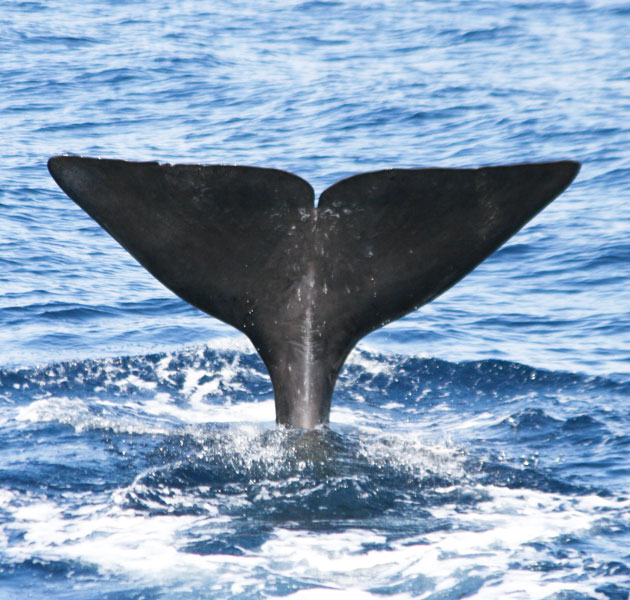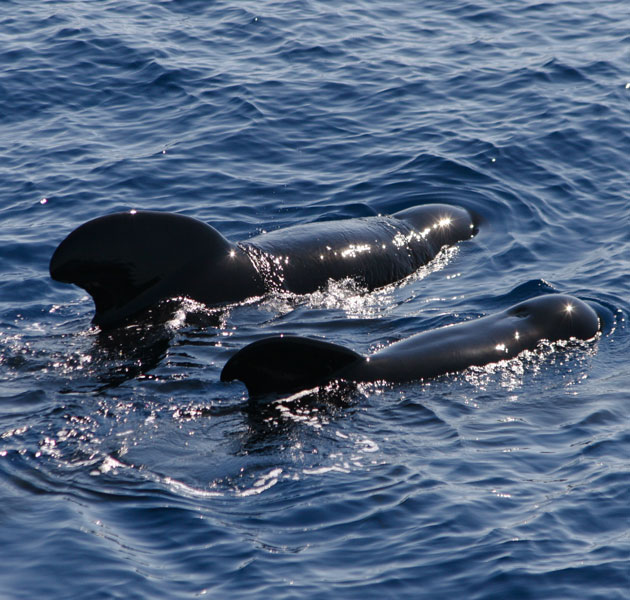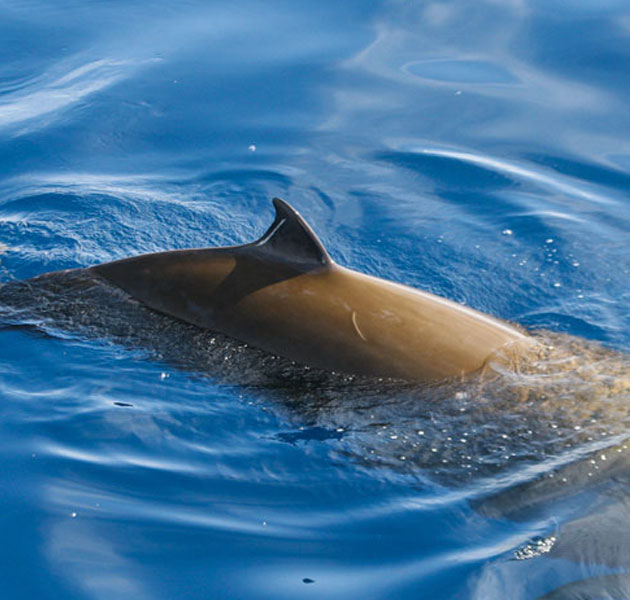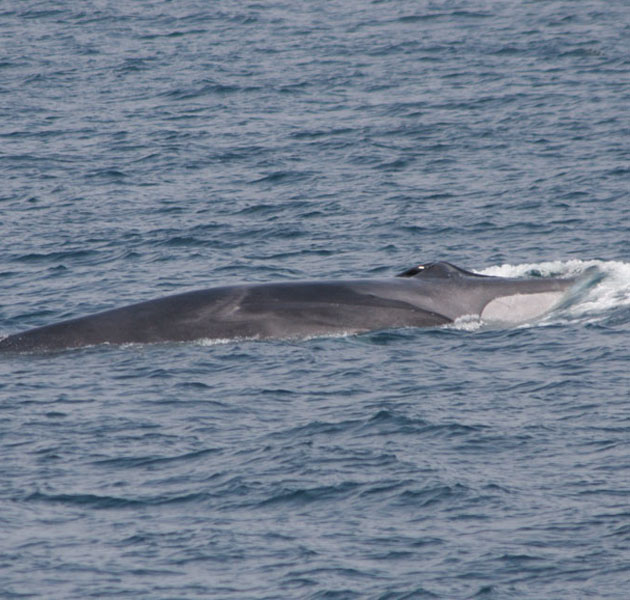The use of photo-identification is nowadays crucial for scientific research and, as a consequence, for the conservation of these marine mammals. Individuals can in fact be recognised by specific natural markings, which are different for each species.
In order to allow researchers get the best of your pictures, follow these simple rules and check out the features that must be photographed in each species.
• Photograph the dorsal fin for dolphins and fin whales, the fluke in case of a sperm whale.
• Always frame perpendicular to the animal’s feature, rather than diagonally (which would distort shapes and patterns and make the comparison with other shots impossible).
• Photograph the whole body and if necessary, setting the camera to Continuous shooting mode (AF-C) to track your moving subjects.
• Possibly, separate the series of shots of one individual from the others by taking a random photo in order to not mix them up later on.


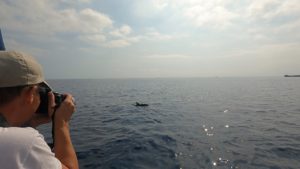 How to spot cetaceans
How to spot cetaceans